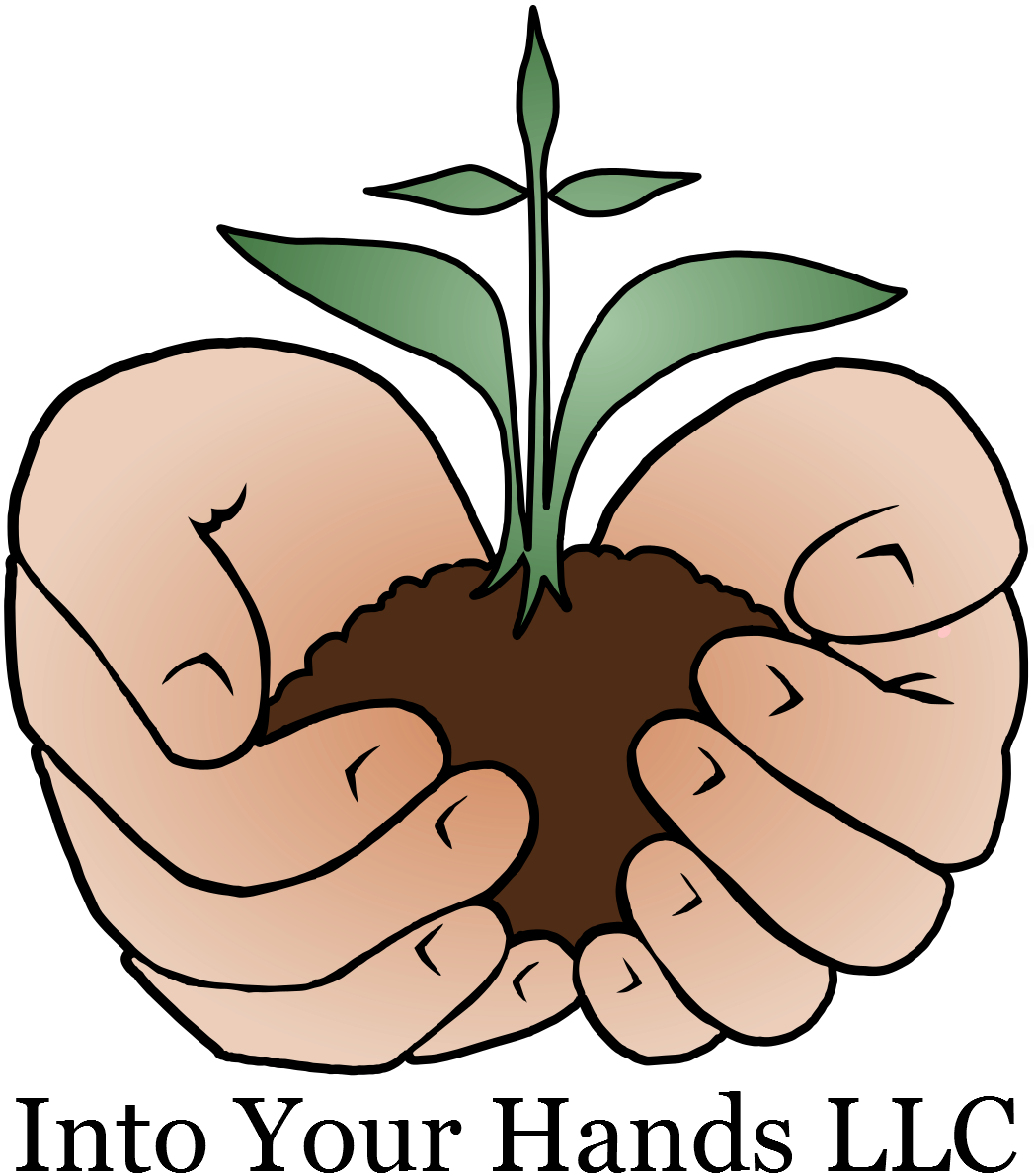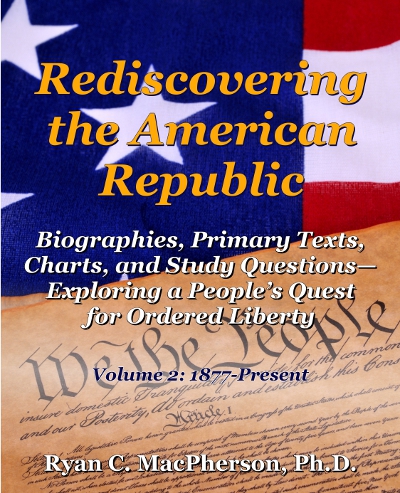In 1614, Europeans captured and enslaved Squanto, a Patuxet Indian. He was taken across the Atlantic at least six times, ending up in Spain, Newfoundland, and England, before returning at last to Massachusetts. Meanwhile, European diseases, unwittingly spread by French and English fishermen off the coast of New England, decimated the local Native American populations. When Squanto returned, his home village had vanished due to disease.
In 1620, when Separatist refugees aboard the Mayflower arrived at Plymouth, Massachusetts, Squanto greeted them in English, which he had learned during his years as a slave. Beginning in the early 1800s, the Mayflower settlers became known as “the Pilgrims,” since they had taken a pilgrimage to America.
The winter of 1620–1621 was harsh. Only 55 of the 102 Europeans who arrived with the Mayflower survived. Only 35 members of the original company were Puritans. Many in the group robbed Indians, or raided Indians’ graves, in order to obtain food during the winter.
After the fall harvest of 1621, the surviving Englishmen—together with Squanto, Chief Massosoit, and other Indians—celebrated with a three-day feast of thanksgiving. Wild turkeys were on the menu, but the earliest histories emphasize pheasants, Indian corn, and venison, too.
A larger wave of English Puritans migrated to Massachusetts in the 1630s. The Puritans of colonial New England did not celebrate a regular holiday for giving thanks. Rather, their ministers periodically marked special occasions by proclaiming a day of thanksgiving, with no particular reference to the 1621 celebration. The people were expected to reflect somberly upon their sins, their need for repentance, and God’s gracious provision of the spiritual blessings of forgiveness and salvation, as well as the physical blessings of this life’s necessities. Such Puritan observances sometimes involved fasting instead of feasting.
The first national day of thanksgiving in the United States occurred during the Revolutionary War. After the Patriots defeated the British in the Battle of Saratoga on 17 Oct. 1777, the Continental Congress declared Dec. 18 to be a “day of solemn Thanksgiving and praise.” Twelve years later, to commemorate the ratification of the U.S. Constitution, President Washington proclaimed 26 Nov. 1789 as a “day of public thanksgiving and prayer, to be observed by acknowledging with grateful hearts the many and signal favors of Almighty God, especially by affording them an opportunity peaceably to establish a form of government for their safety and happiness.” President Washington also proclaimed 19 Feb. 1795 to be another thanksgiving day, this time in celebration of federal troops’ suppression of a mob uprising in protest to the whiskey tax.
Washington’s successor, John Adams, proclaimed 9 May 1799 as a national day of thanksgiving, but the practice still had not developed into an annual tradition. In fact, President Thomas Jefferson refused a minister’s 1808 request to declare a day of fasting and prayer, since he believed this violated the First Amendment prohibition against having the government establish a state religion. A national Thanksgiving holiday, in Jefferson’s view, was unconstitutional. Thanksgiving finally became an annual observation in America beginning with President Lincoln’s Thanksgiving Proclamation of 3 Oct. 1863, which specified the final Thursday of November as a day of national thanksgiving. Each year thereafter, the president renewed Lincoln’s proclamation for the final Thursday of November, until 1939 when President Franklin D. Roosevelt moved it a week earlier.
Meanwhile, the cultural practice of Thanksgiving changed. From about 1870 through 1900, popular magazines ran numerous articles that established what we now consider to be a typical celebration of Thanksgiving: Puritan humility and repentance were replaced with feasts of celebration; contemplation of one’s relationship with God was supplemented with a celebration of one’s closeness to family here on earth; the turkey with all its trimmings became the centerpiece of the table; and, generosity to others was promoted as a way to ensure that everyone could celebrate the holiday.
Sarah Josepha Hale, editor of Godey’s Lady Book (a leading women’s magazine), was perhaps the most influential person in the creation of the modern American holiday of Thanksgiving. In 1871, her magazine expressed this vision for America: “Washington’s birthday represents the influence of a perfect patriotism which won our Independence Day, under the blessing of Almighty God, in whose name we celebrate our Thanksgiving Day. In the light of these three ideas American history must be read, if we would rightly understand the moral power it now wields over the destiny of humanity.”
During the Progressive Era (roughly, 1890–1920), the national tradition established by Lincoln and Hale became a cultural tool for uniting Americans as a single people. Immigration reached record proportions during these years, but common practices on Thanksgiving Day enabled those from different nationalities, language backgrounds, and religious beliefs to bond together as Americans who could all recall the earlier immigration of the Pilgrims. During these years, the now-familiar grade school civics lessons (emphasizing democracy and religious liberty) and art projects (e.g., turkeys dressed in white collars and topped with buckled hats) firmly stitched recently developed Thanksgiving traditions into the fabric of modern America. The result was an unshakable sense of tradition: people began to suppose that Americans had always celebrated Thanksgiving Day, ever since the days of the Pilgrims.
Whereas Hale’s recipes for the “perfect Thanksgiving” catered to the feminine tasks of homemaking, by the 1920s Thanksgiving acquired some masculine traditions as well. Most notably, football games entered American homes on Thanksgiving Day, at first via radio, and, starting in 1956, via television. The Macy’s parade, also begun in the 1920s, offered the entire family a way to observe, in colorful single-file, genuine specimens of what it meant to be an American: patriotic marching bands, producers of national-brand consumer goods, and Santa Claus (but more about him would require the history of Christmas).
The organizers of the Macy’s parade briefly tried to reschedule their event to the afternoon, so as not to conflict with morning worship services, but in the 1920s Americans were more concerned about conflicts with the afternoon football games, so the parade was returned to its morning venue. During World War II (1941–1945), the Thanksgiving Day football game assumed a new significance: the competition between teams reenacted the drama of the American Revolution and the current war against the Axis Powers. Watching football and eating turkey had thus become patriotic American activities.
Thanksgiving—which Hale defined as a quaintly rural break from the hustle-bustle of city life—also became a sort of counterpoint prelude to the hectic Christmas shopping season. In 1939, the National Dry Goods Association petitioned President Roosevelt to move Thanksgiving one week earlier in order to boost consumer spending and lift the nation out of the Great Depression. Only 23 states celebrated on the third Thursday of November; the other states refused to budge from the last Thursday, except for Colorado and Texas, which compromised by celebrating twice. In 1941, Roosevelt announced that the earlier date did not boost Christmas sales anyway, so he would resume Lincoln’s practice. Congress, however, had the last word, legislating Thanksgiving Day as the fourth Thursday of November.
Turkeys, Pilgrims, and football games may come and go, but at least one tradition is worth preserving: “Give thanks to the Lord, for He is good; His love endures forever.” (Psalm 107:1) May you have a blessed thanksgiving every day of the year!
Chief Sources:
- George, Philip Brandt. “A Thanksgiving Proclamation.” American History 39, no. 5 (2004): 67.
- Pleck, Elizabeth. “The Making of the Domestic Occasion: The History of Thanksgivings in the United States.” Journal of Social History 32, no. 4 (1999): 773–89.
- Wills, Anne Blue. “Pilgrims and Progress: How Magazines Made Thanksgiving.” Church History 72, no. 1 (2003): 138–58.
- Wilson, Samuel M. “Pilgrims’ Paradox: Thanksgiving Is in the Eye of the Beholder.” Natural History 100, no. 11 (1991): 22–26.
This article originally appeared at www.ryancmacpherson.com.
Dr. Ryan C. MacPherson is the founding president of Into Your Hands LLC and the author of several books, including Rediscovering the American Republic (2 vols.) and Debating Evolution before Darwinism. He lives with his wife Marie and their homeschooled children in Casper, Wyoming, where he serves as Academic Dean at Luther Classical College. He previously taught American history, history of science, and bioethics at Bethany Lutheran College, 2003–2023 He also serves as President of the Hausvater Project, which mentors Christian parents. For more information, visit www.ryancmacpherson.com.


